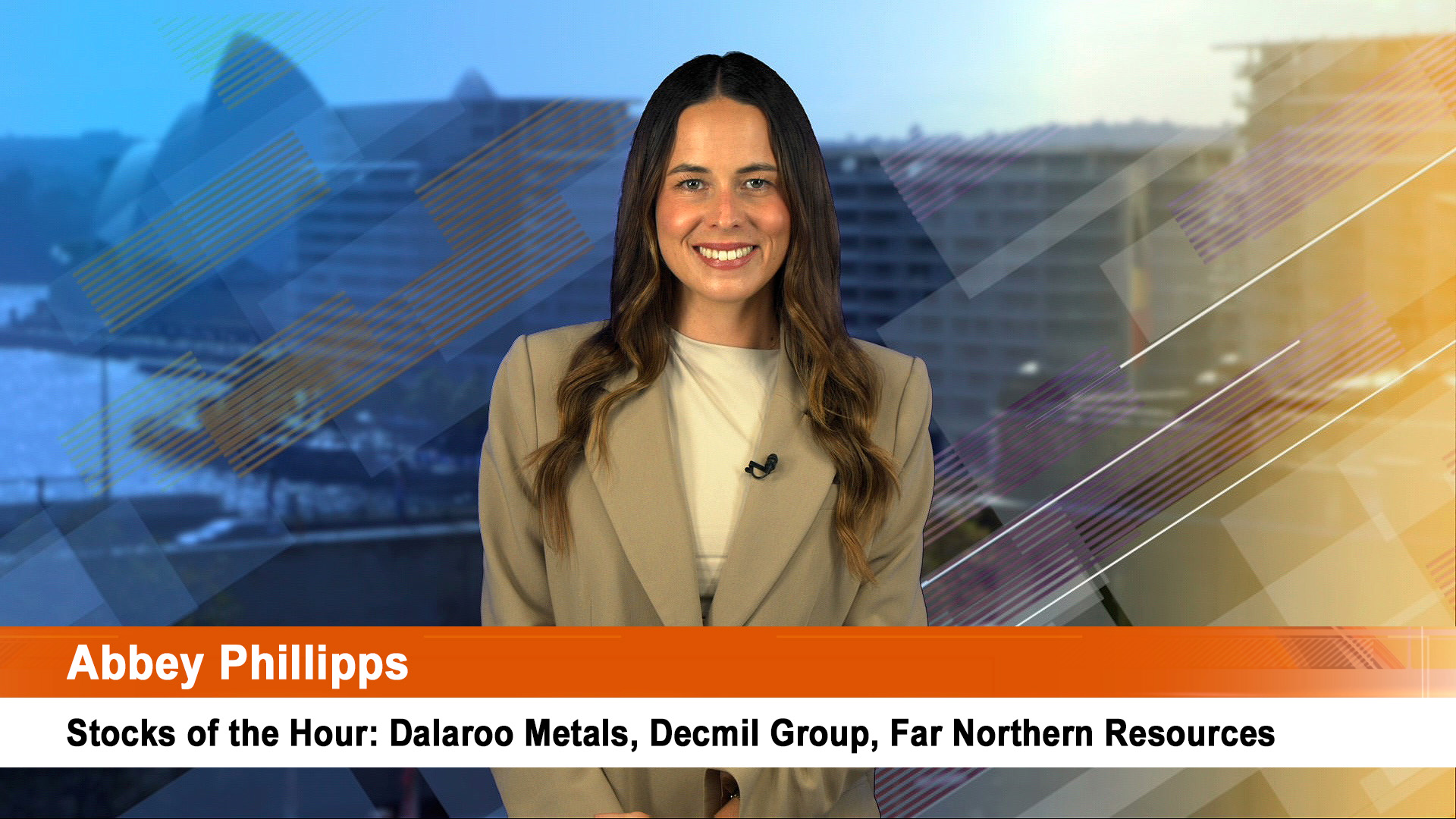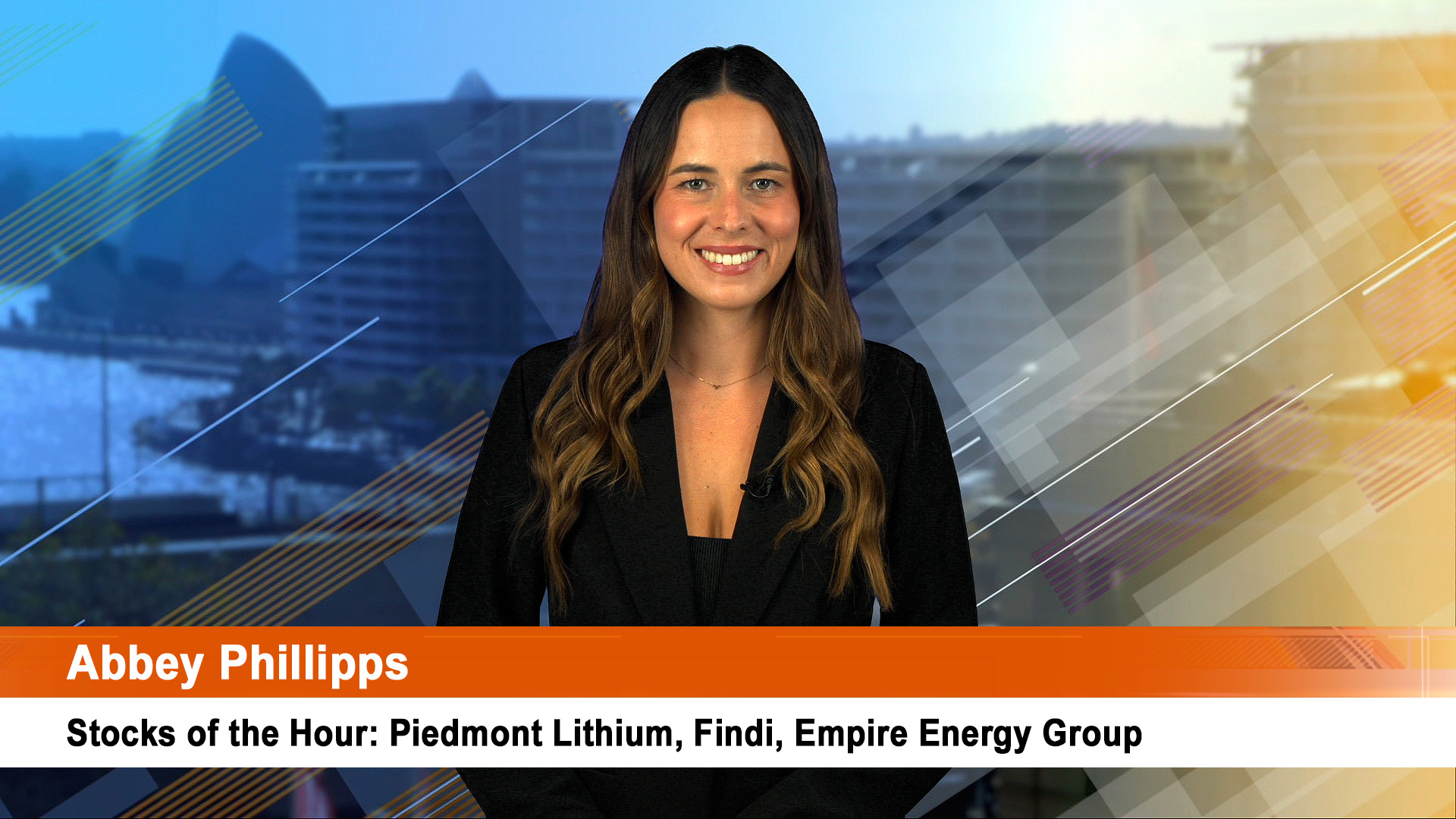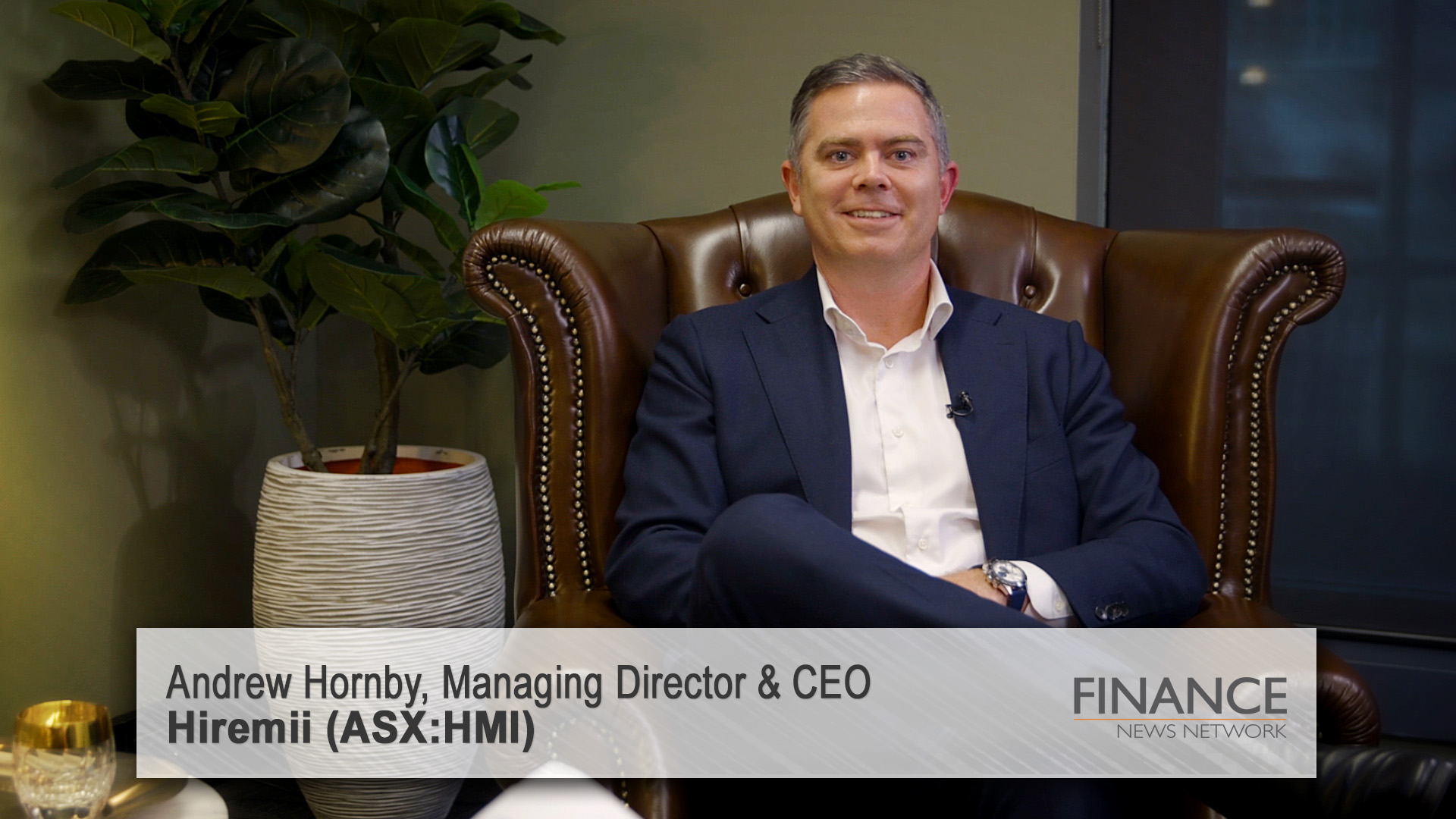The break up of Australia’s big bank oligopoly is happening faster than either investors, a slothful Federal government, regulators or the late to the scene Australian Competition and Consumer Commission, or investors can comprehend with the news Thursday morning that the embattled Commonwealth Bank has not only sold its insurance business, but is eyeing the sale or float of the country’s biggest privately owned fund manager and its $219 billion in assets.
Already rivals such as Westpac, ANZ and NAB have sold out of what they think are marginal asses (Westpac has sold out of its stake in the BT investment management business), the NAB which has sold 80% of its insurance and fund management arm, MLC and the ANZ, which has sold assets in Asia and is on the verge of a decision on the sale of its wealth business.
Shareholders should be relieved because these and other asset sales will mean the big banks will have avoided asking their main supporters for more cash – after going to them a couple of years ago when the capital boosting pressure from regulators first started.
Some of the banks have or will run dividend reinvestment programs to add to their capital needs over the next ear or so and going by past behaviour, small shareholders will top their holdings via this method.
Driving this is a combination of bad publicity (from the likes of Adele Ferguson from Fairfax Media and National party Senator John ‘whacka’ Williams) about management stuff ups of customer complaints (a big factor at the CBA’s decisions), and worse (allegations of fraud), increasing regulatory oversight, low income and losses from the personal insurance area, such as income support (especially policies sold as part of super policies with managers such as its own funds management arm, or industry funds).
This is an area that has damaged the AMP in particular in the past three years and forced it to bring in re-insurers such as Munich Re and Berkshire Hathaway to soak up some of the pain.
But more importantly it has been the demand by regulators led by APRA and the Reserve Bank for banks to hold more capital to soften the ’ oo big to fail’ feeling there is about the big four banks and several other financial groups. APRA and the RBA have forced the banks to hold more capital against their rising level of home mortgages and more capital generally.
Rather than raise that new capital solely from shareholders, the banks have looked at their businesses and decided that their wealth management/insurance operations are marginal to the business of lending money to customers, and can easily go.
The policies of the Federal government have had little to do with this – the $6.2 billion bank levy in the May budget was a minor irritant in the scheme of things and the half arsed crack down on executives, their pay and performance a big of grand standing from Scott Morrison and Malcolm Turnbull.
This week the ACCC weighed in expressing doubts about the four pillars scheme (which prohibits mergers among the big four banks). That’s very much after the event and carries a large degree of hindsight. In fact if we allowed the big baks to merge then we would have even larger organisations that were too big to fail and an even bigger systemic risk to the economy.
By the time Canberra and anyone gets round to a policy the big four banks will have quit their vertically integrated financial models and returned to concentrating on being lenders and financiers and not one stop financial supermarkets and competition will rise.
In doing so they will have made a mockery of the financial system inquiry which defended the integrated financial model (David Murray, who ran the inquiry, helped construct it when he was running the CBA by taking over the Colonial First State funds management operation.
And there is no shortage of potential buyers – a big Japanese insurer, Nippon Life bought the 80% of NAB’s MLC business, and now AIA (the old Asian business of US insurer, AIG which was sold because the parent had to be rescued in the GFC) has popped up to relieve the CBA of its troubled life insurance arm for $3.8 billion and a 20 year distribution deal and associated fee income.
AIA will become the biggest insurer in Australia and NZ as a result. CBA isn’t selling its general insurance operations where it competes with the likes of QBE, Allianz, Suncorp’s AAMI and other brands or Insurance Australia Group. CBA will retain the Comminsure brand (will it have any future value at all?)












